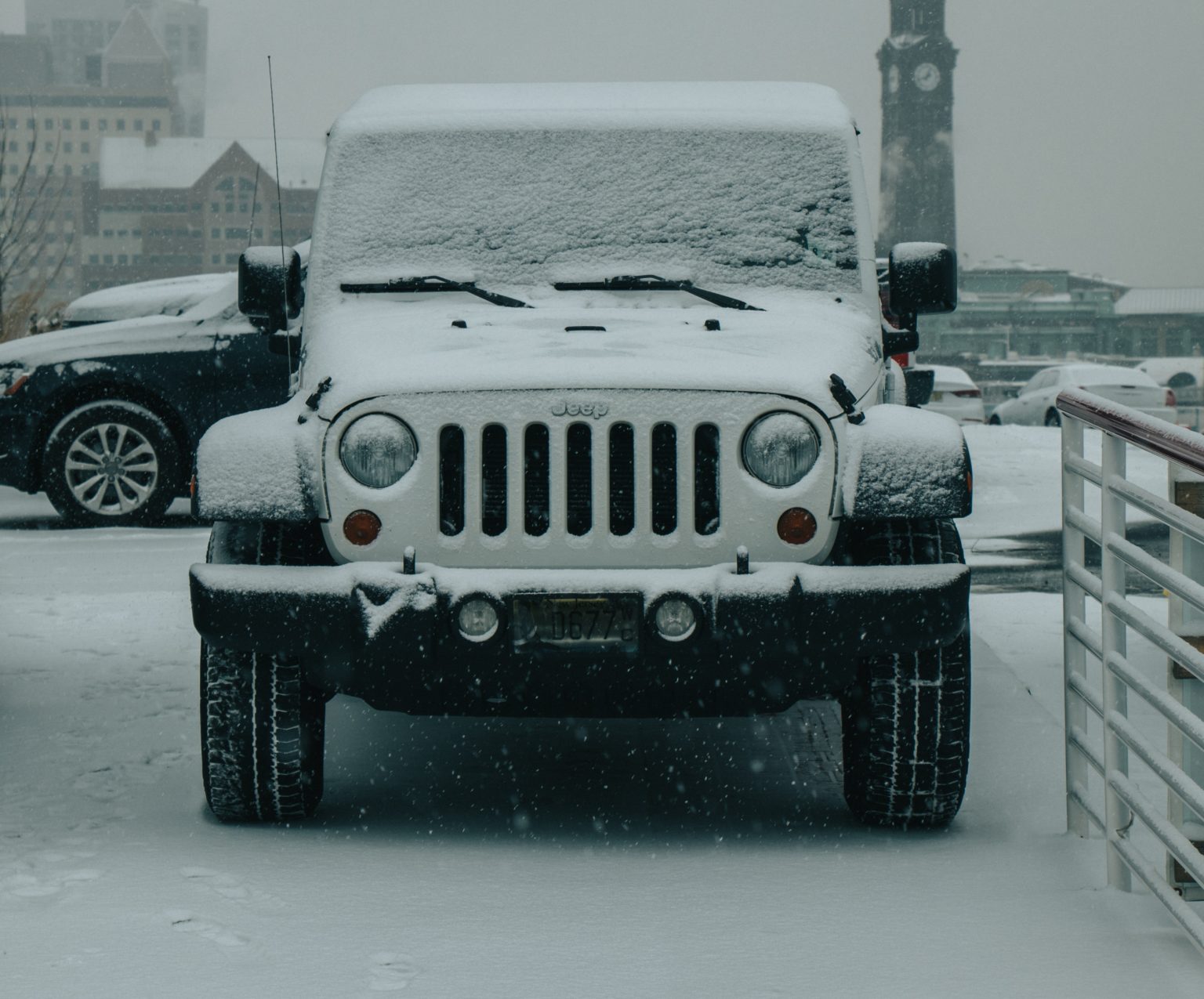Maintaining your car during the winter months is essential if you want to keep yourself and your family safe. If you live in an area where you’ll have to contend with icy temperatures, snow, salted streets, and other common winter hazards, you may want to consider what changes you should make heading into the winter before you hit the road. We’ve put together seven tips to help you and your car weather the winter months and keep your vehicle protected.
1. Check your battery.
It might seem obvious, but making sure your battery is functioning is crucial. Batteries don’t operate as efficiently in cold weather, so get a volt test done and confirm it’s still in good condition. If it isn’t, checking in advance gives you plenty of time to purchase a new battery so you won’t have to worry about getting stuck when the old one dies. Even in a new car, it’s better to be safe than sorry.
2. Monitor your coolant.
Antifreeze is what keeps your engine from freezing when the temperature drops. You never want your vehicle to be low on coolant, and you also want to make sure there’s nothing broken that might allow for your antifreeze to leak. Mechanics recommend mixing water and coolant 50/50, which can reduce the engine’s freezing point.
3. Keep your gas and washer fluid full.
Gas and washer fluid tanks should always be full in the winter. A full tank can protect your car in a lot of ways, including preventing accumulated water from freezing and it will keep your engine running so your heat functions if you get stuck. Snow and debris can require a lot more window-washing than usual, so making sure you’re well-supplied is important.
4. Consider upgrading your tires.
Even if your car has all-wheel drive, you still need to make sure you have good tires. If the temperature is regularly around freezing, winter tires are all but a must. Cold weather can also reduce your tire pressure, which can cause wear and tire and tread separation. You can go to any gas station to adjust your tire pressure.
5. Inspect the defroster and climate control system.
It’s a given that in the winter, you need to be able to stay warm. Your car’s climate control system keeps your interior comfortable, so you definitely want to make sure it’s working before the temperatures start to drop. Your defroster is what prevents your windows from getting too icy. You always need to be able to see and keep the inside of your car toasty in freezing temperatures.
6. Make sure all your lights work.
It gets darker much earlier in the winter, which means commuting home at rush hour can be more dangerous than usual. You’ll want to ensure none of your bulbs are out well before winter arrives. If your bulbs are old and displaying signs of fogginess or yellowing, you might want to replace them. Before driving, check to make sure your exterior lights aren’t iced over and can be seen.
7. Manage rust carefully.
Snow and ice can damage parts of your vehicle like the frame, brake lines, and body panel. If your car has been heavily exposed to the elements, rinsing out the undercarriage is recommended. You can handle this on your own at your house or at a car wash. There are even electronic rust prevention devices now that use electric currents to reduce rust.
This isn’t a maintenance tip, but if you haven’t insured your vehicle yet, your first priority should be obtaining quality car insurance at a discount if possible. Depending on your location, comparing car insurance with iSelect can be a great place to start. Whether it’s winter weather, wildfire, vandalism, or an accident, you need to know you’re covered. Once you’ve done that, you can start following the tips on our list to protect your purchase. Any good driver knows that the winter can be difficult for maintaining the safety of your vehicle, but as a motorist, there is plenty you can to do protect yourself and reduce your risk.




